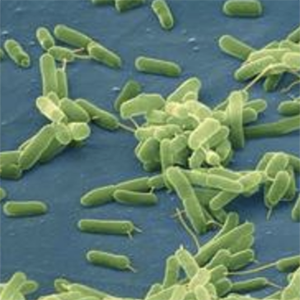 Smart Citations
Smart CitationsSee how this article has been cited at scite.ai
scite shows how a scientific paper has been cited by providing the context of the citation, a classification describing whether it supports, mentions, or contrasts the cited claim, and a label indicating in which section the citation was made.
Effect of gaseous ozone treatment on biofilm of dairy-isolated Pseudomonas spp. strains
Microbial biofilms existing in food industries have been implicated as important contamination sources of spoilage and pathogenic microorganisms in the finished products. Among the innovative strategies proposed to contrast biofilms in food environments, ozone is recognised as an environmentally friendly technology but there are few studies about its effect against bacterial biofilms. The objective of this study was to evaluate the effect of gaseous ozone (50 ppm for 6 h) in inhibition and eradication of biofilm formed by twenty-one dairyisolated Pseudomonas spp. strains. Before ozone treatments, all isolates were screened for biofilm formation according to a previously described method. Strains were then divided in four groups: weak, weak/moderate, moderate/strong, and strong biofilm producers based on the biofilm biomass value of each isolate determined using the optical density (OD - 595 nm). Inhibition treatment was effective on the strain (C1) belonging to the weak producers’ group, on all strains classified as weak/moderate producers, on two strains (C8 and C12) belonging to the group of moderate/strong producers and on one strain (C13) classified as strong producer. Conversely, eradication treatments were ineffective on all strains tested, except for the strain C4 which reduced its biofilm-forming abilities after exposure to ozone gas. In conclusion, gaseous ozone may be used to enhance existing sanitation protocols in food processing environments, but its application alone not seems sufficient to contrast Pseudomonas spp. established biofilms.
Downloads
How to Cite
PAGEPress has chosen to apply the Creative Commons Attribution NonCommercial 4.0 International License (CC BY-NC 4.0) to all manuscripts to be published.

 https://doi.org/10.4081/ijfs.2022.10350
https://doi.org/10.4081/ijfs.2022.10350





